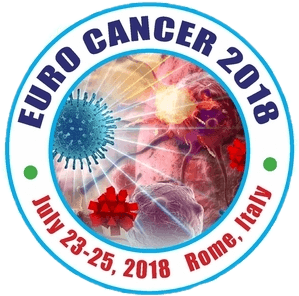
Hassan Chaddad
University of Strasbourg, France
Title: Combining 2D angiogenesis and 3D Osteosarcoma microtissues to improve vascularization
Biography
Biography: Hassan Chaddad
Abstract
Introduction: The number of patients suffering from cancers worldwide is increasing, and one of the most challenging issues in oncology continues to be the problem of developing active drugs economically and in a timely manner. Considering the high cost and time-consuming nature of the clinical development of oncology drugs, better pre-clinical platforms for drug screening are urgently required. So, there is need for high-throughput drug screening platforms to mimic the in vivo microenvironment. Angiogenesis is now well known for being involved in tumor progression, aggressiveness, emergence of metastases, and also resistance to cancer therapies.
Materials & Methods: In this study, to better mimic tumor angiogenesis encountered in vivo, we used 3D culture of osteosarcoma cells (MG-63) that we deposited on 2D endothelial cells (HUVEC) grown in monolayer. Combination of 2D HUVEC/3D MG-63 was characterized by indirect immunofluorescence, scanning electron microscopy, optical microscopy and mRNA expression (qPCR).
Results: We reported that endothelial cells combined with tumor cells were able to form a well-organized network, and those tubule-like structures corresponding to new vessels infiltrate tumor spheroids. These vessels presented a lumen and expressed specific markers as CD31 and collagen IV. The combination of 2D endothelial cells and 3D microtissues of tumor cells also increased expression of angiogenic factors as VEGF, CXCR4 and ICAM1.
Conclusion: The cell environment is the key point to develop tumor vascularization in vitro and to be closer to tumor encountered in vivo.

